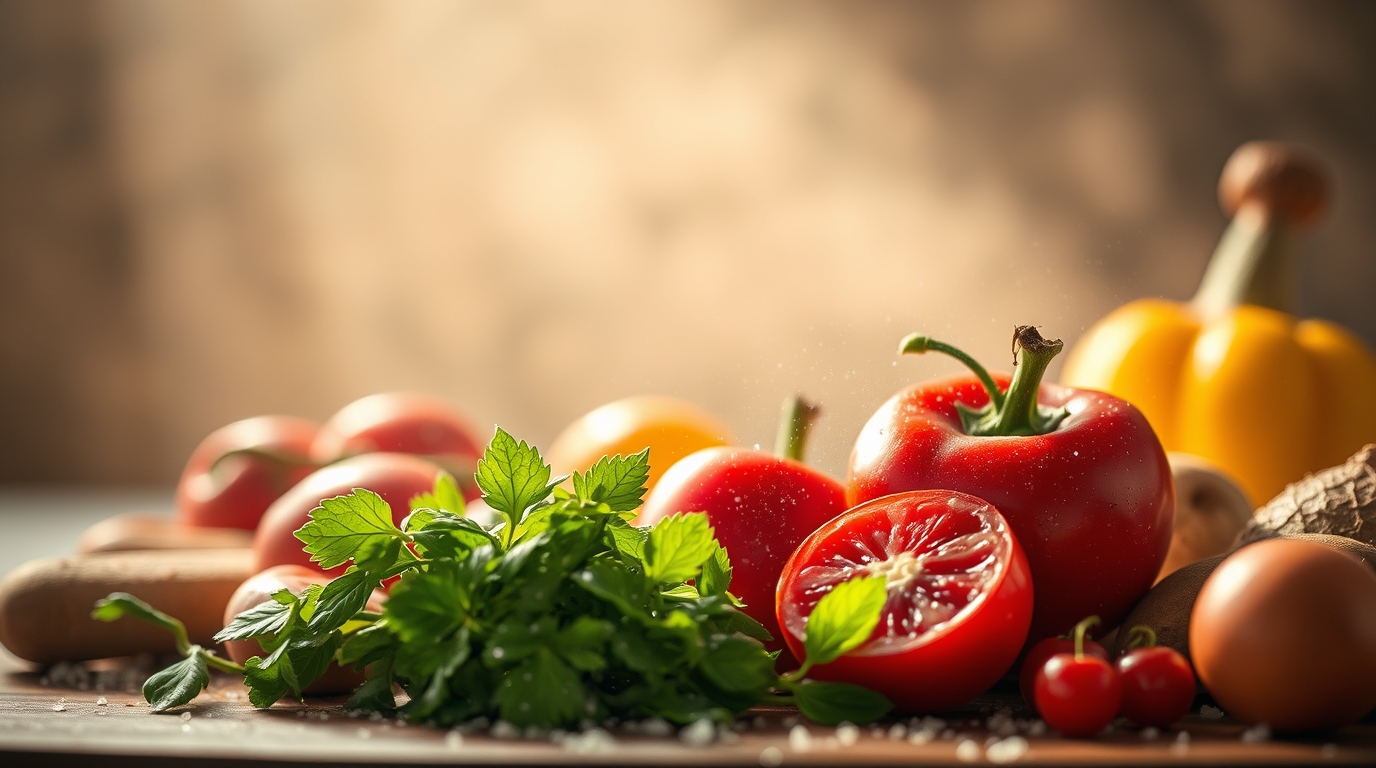Pistachio oil, a vibrant green oil with a delicate nutty flavour, is a luxurious ingredient that's increasingly finding its place in modern kitchens. From its ancient origins to its use in contemporary cuisine, this guide provides a comprehensive look at pistachio oil, covering everything from its history and culinary applications to its health benefits and storage tips. Get ready to unlock the secrets of this versatile and flavourful oil!
Pistachio Oil: A Culinary Guide to Its History, Uses, and Benefits
1. History of Pistachio Oil:
The pistachio tree, Pistacia vera, has a rich history dating back thousands of years. Originally cultivated in the Middle East, particularly in regions of modern-day Iran and surrounding areas, pistachios and their oil were highly valued. Evidence suggests that pistachios were a staple food as early as 7000 BC. Historically, pistachio oil was used not only for culinary purposes but also in traditional medicine and cosmetics. It was a symbol of affluence, used by the wealthy and enjoyed for its delicious taste.
2. Cooking Techniques:
Pistachio oil is best used as a finishing oil, or in applications where its delicate flavour can shine.
-
How to use Pistachio Oil (General Overview): Pistachio oil is generally not suitable for high-heat cooking like frying or deep-frying, as this can degrade its flavour and nutritional value. It excels when used to add a final flourish of flavour. Think of it as the chef's secret weapon for bringing a dish to life.
-
How to Prepare Pistachio Oil for Cooking: No preparation is required. Pistachio oil is ready to use straight from the bottle.
-
Grilling: Avoid using pistachio oil directly on the grill as the high heat will diminish its flavour. Instead, brush grilled items with pistachio oil after cooking to add flavour and visual appeal.
-
Baking: Pistachio oil can be used in some baking recipes, though it's best used in those where its flavour is not lost during the cooking process. It works very well in cakes and muffins, and can add a lovely taste to pastry.
-
Sautéing: While not ideal for high-heat sautéing, you can use it on a lower heat or add it to a pan just at the end of cooking to add flavour to vegetables or meats.
3. Ingredient Preparation:
Since pistachio oil is an oil, there's no ingredient preparation needed beyond making sure you have fresh ingredients to accompany it.
4. Storage:
Proper storage is essential to preserve pistachio oil's quality and flavour.
-
How to Store Pistachio Oil: Store pistachio oil in a cool, dark place, away from direct sunlight and heat. A pantry or cupboard is ideal. Close the bottle tightly after each use.
-
How Long Does Pistachio Oil Last?: Unopened, pistachio oil can last for up to a year when stored properly. Once opened, it’s best to use it within 6 months to a year. You'll know it has gone off if it smells rancid.
5. Substitutions:
If pistachio oil is unavailable, or if you have an allergy, alternatives can provide similar flavour profiles.
- Substitutes for Pistachio Oil: Good substitutes include other nut oils, such as walnut oil or almond oil. Hazelnut oil offers a similar flavour profile. You can also use olive oil, though the flavour will be distinct.
6. Nutritional Information:
Pistachio oil boasts a good nutritional profile.
-
Pistachio Oil Nutrition Facts (per tablespoon): Approximately 120 calories. It's rich in monounsaturated fats, which are beneficial for heart health. It contains some Vitamin E, a powerful antioxidant. It also contains some minerals, and is naturally cholesterol-free.
-
Health Benefits: The monounsaturated fats in pistachio oil can contribute to healthy cholesterol levels. It also contains antioxidants, such as vitamin E, which helps protect cells from damage.
7. Pairing:
Pistachio oil’s delicate flavour makes it a versatile pairing ingredient.
- Flavour Pairings: Pistachio oil pairs wonderfully with ingredients like fresh herbs (basil, mint), citrus (lemon, orange), berries, goat cheese, and seafood. It's delicious drizzled over salads, grilled vegetables, pasta dishes, and even ice cream.
8. Cleaning and Washing:
Pistachio oil does not need washing, as it is a refined oil.
9. Ripeness:
Pistachio oil is always ready to use, and does not have a seasonal aspect to it.
Facts You May Not Know
- Pistachio oil is best used as a finishing oil, added at the end of cooking or drizzled over dishes.
- It's rich in monounsaturated fats, making it a heart-healthy choice.
- Pistachio oil has a delicate, nutty flavour that complements a wide range of ingredients.
- It's essential to store pistachio oil in a cool, dark place to preserve its quality.
- Pistachio oil is a relatively expensive oil due to the processing time and costs.
FAQs
Yes, pistachio oil is naturally gluten-free.
Can pistachio oil be used on the skin or hair?While primarily used in cooking, pistachio oil can be used on the skin and hair. It has emollient properties that can help moisturise and nourish.
Is pistachio oil suitable for vegans?Yes, pistachio oil is suitable for vegans as it is plant-based and does not contain any animal products.
Where can I buy pistachio oil?Pistachio oil can be found in many speciality food stores, gourmet shops, health food stores, and online retailers.
Does pistachio oil contain any allergens?Pistachio oil is derived from pistachios, so it may contain allergens. People with nut allergies should avoid it. Always check the label for allergen information.
